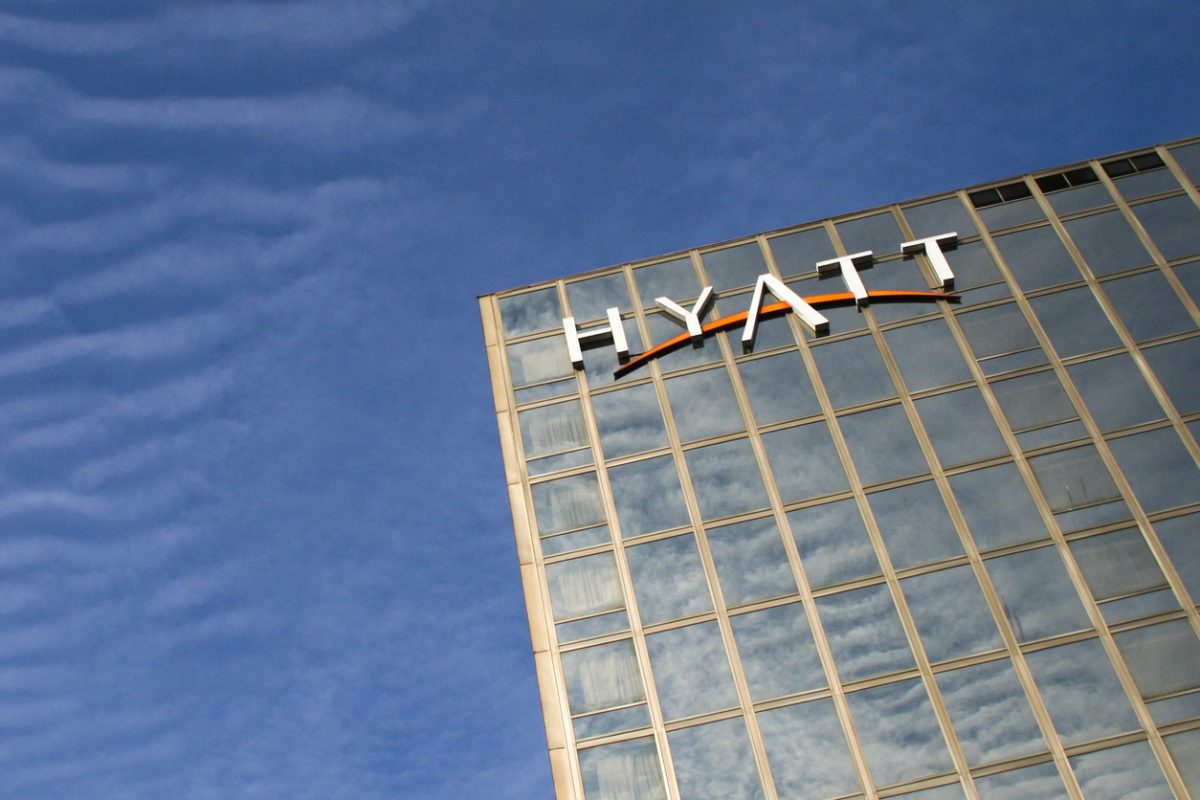Featured Faculty

Chan, Elisa Ka-yan
Assistant Professor
Associate Director, Centre for Hospitality and Real Estate Research
More in Consumer Behaviour, Marketing ...
China: The Next Big Market for Soft-Branded Hotels?
• 7 mins read
A wave of deal-making in China’s hotel investment sector is expected to encourage more independent hotels to rebrand as chain affiliates
The global hospitality industry is awash in hotel brands. There are currently 970 hotel brands in the market. There is at least one hotel brand for each of the 26 letters of the English alphabet. Unfortunately, this dizzying array of variety and noise makes it difficult for the lay consumer to recognize very many of them, and undoubtedly poses a problem for individual establishments, many of which are preparing for the return of international travel as the industry moves forward from the pandemic.
So why are there so many hotel brands? To answer this question, we must turn back the clock to 2009, when the world economy emerged from the global financial crisis, sparking a decade-long growth in room demand. To ride this wave of market expansion, hotel companies (such as Hyatt, Marriott, and IHG) implemented a brand portfolio strategy that consists of a “house of brands”. A typical portfolio has multiple brands that are developed and owned by the hotel company (for example, Hyatt), including traditional corporate brands (Grand Hyatt, Hyatt Recency) and boutique/lifestyle brands (Andaz, Thompson Hotels). This strategy allowed the hotel companies to expand by offering more differentiated hotel products. But as the market continued to grow, hotel companies realised that they were running out of locations to put their own house of brands without risking intra-brand cannibalization.
“A soft brand, through a subtler process of reputation and signalling, can benefit from the quality perception associated with a hotel chain.”
Prof. Elisa Chan Ka-yan
And thus, a new branding strategy was born. A soft brand is a collection of independent hotels that are affiliated with a major hotel company while retaining their own name, design, and orientation. Examples include Marriott’s Autograph Collection, Hilton’s Curio Collection, Hyatt’s Unbound Collection, and more recently IHG’s Voco Hotel Brand. Each collection curates independent hotels that may be a niche property in a prime location or a building with historical or architectural significance. This strategy allows hotel owners to maintain their property’s own history and identity to offer hotel guests bespoke experiences – something that is increasingly popular among travellers, especially the younger generation.
A Win-win Solution

From a strategic perspective, soft branding should be a win-win solution for hotel companies and owners. On the one hand, it facilitates expansions by hotel companies in otherwise chain-brand saturated markets. On the other hand, it satisfies the desire of owners to preserve the unique nature of their property. By extending membership affiliations to independent hotels without making them surrender their properties’ history and brand identity, a soft branding strategy allows owners to have it all. While this strategy caters to the emerging needs of both the hotel companies and owners, its impacts on the property’s top line performance remain unclear. A soft brand purportedly brings and synthesises many of the benefits of brand affiliation and independence. But past research that examined the performance impact of brand affiliation had yielded little consensus about whether the outcome is always positive. Consequently, the addition of soft brands has brought complexity to the branding choice dilemma for owners.
The question of whether hotel performance is enhanced when it switches from an independent hotel to a soft branded one is what myself and my co-authors Prof. Demian Hodari at EHL Hospitality Business School and Prof. Li Tianze of the New York Institute of Technology tried to answer in a recent research paper entitled Soft brand or independent? Evidence from the first decade of the soft branding strategy in the US market published in the International Journal of Hospitality Management. The study was conducted based on data on more than 2,300 hotels in the U.S. provided by Smith Travel Research (STR), a data intelligence firm specialising in the hotels industry. We began by pairing up a soft-branded property with an independent hotel based on characteristics such as market, location, and hotel class. This resulted in 82 pairs of soft-branded and independent hotels. We then compared their performance based on data spanning from 2008 to 2018.
Impact on Hotel Performance
The results showed that the soft branding strategy has positive impacts not only when comparing to an establishment’s own previous performance, but also to their competitors in the same market that remained independent. Enhanced performances, however, are only observed in average daily rate (ADR) and revenue per available room (RevPAR), but not occupancy. The finding on occupancy was unexpected. One explanation could be that soft branding has likely drawn more demand to the parent company while avoiding between-property cannibalism, but it does not necessarily increase occupancy for a single soft-branded hotel. Nevertheless, these findings confirmed that a soft brand, through a subtler process of reputation and signalling, can benefit from the quality perception associated with a hotel chain, which in turn, improve its ability to charge a price premium and boost revenue.

On the one hand, soft-branded hotels are compelled to maintain its reputation not only to customers as a service provider, but also its reputation to the hotel company as an affiliate. This motivation to cater to both parties amplifies the reputational effect which manifests as significant improvements in performance. On the other hand, a hotel’s good reputation also signals to consumers that it is likely to provide high quality services. For soft-branded hotels, this signaling is magnified by the affiliated hotel company’s distribution and marketing networks, further enhancing performance.
Soft Branding and the Chinese Market

Before COVID-19, the hotel industry was already expecting to see a continued surge in soft-branded establishments, especially by the major hotel groups. The pandemic has shown that independent hotels are more exposed to financial losses than larger chains, and this has led more independent hotels to consider a soft branding strategy for better financial security. In an interview with The New Hotelier, GlobalData travel and tourism analyst Ralph Hollister said that “[b]eing closely tied to a major player during the pandemic will increase the chances of an independent hotel navigating through a period of economic downturn.”
Soft brand collections from the various hotel companies have only been introduced to the Chinese market in recent years. For example, Marriott’s Autograph Collection debuted in China with the Shanhaitian Resort Sanya only in 2017; Accor’s Emblems Collection is expecting to launch its first soft brand – the Guiyang Art Centre Hotel – in December 2022. Recent market trends and policy suggest that this strategy may start to gain momentum.
According to Zhou Tao, Managing Director, Head of Hotels & Hospitality Group of Greater China at real estate services firm JLL, in 2021, China overtook Japan and became the most active hotel investment market in the Asia-Pacific region. He predicts that the trend will continue to rise in 2022 and 2023. More specifically, it will be a golden age for the upscale and luxury segment. This segment is currently worth only 6 percent of the chain-branded property in China, compared to the economy (79 percent) and mid-scale (15 percent) segments, according to a report by the consultancy Forward Business and Intelligence.
There are currently 920,000 independent hotels, representing 80% of the hotel inventory in China. JLL China expects that the “Three Red Lines” policy, which are a set of rules levied on the real estate sector in August 2020 to encourage firms to deleverage, and the pandemic will propel a wave of hotel asset sales. These sales are expected to be met with an equally enthusiastic acquisition demand from both high net-worth and institutional investors.
“The hotel industry in China has evolved from a volume-driven to a quality-driven market,” says Mr. Zhou. One characteristic of such a quality-driven market is that there will be more rebranding of properties from independent to different forms of chain-affiliation, including soft branding.
Elisa Chan Ka-yan is Assistant Professor at the School of Hotel and Tourism Management at The Chinese University of Hong Kong (CUHK) Business School. Zhou Tao is Managing Director, Head of Hotels & Hospitality Group of Greater China at JLL and Adjunct Professor at the School of Hotel and Tourism Management at CUHK Business School.







